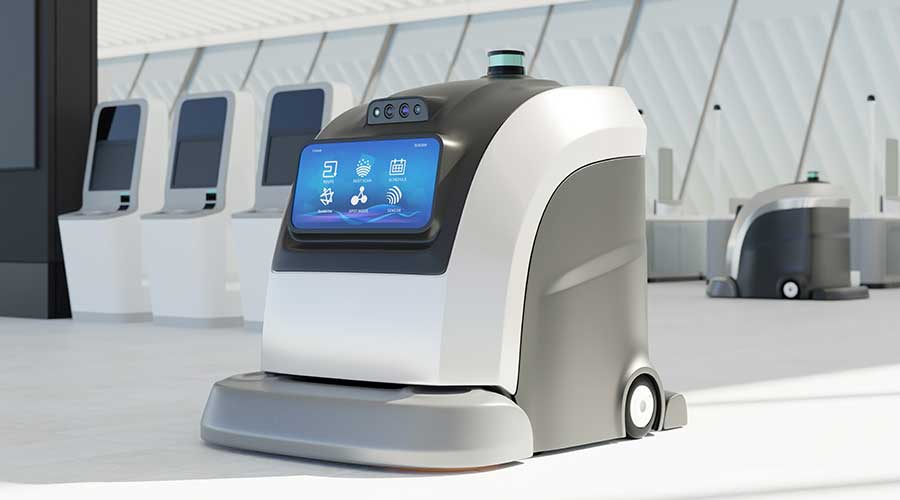Autonomous machines are becoming more widely used in healthcare, and one application they can be used for is floor care and maintenance. These devices can essentially work on their own after being properly set up.
“Basically, once you get the autonomous floor scrubber set up after mapping it through either fill in or copycat, the floor care professional takes the machine to the designated starting point, pushes a play button and then the machine does its own thing,” says Phil Carrizales, director of the jan/san division at Acme Paper and Supply Company.
Here are three benefits of autonomous floor care equipment for healthcare facilities.
1.) Sized for the space
Autonomous floor care equipment comes in a variety of sizes, which will allow environmental services departments to choose the right machine for their space.
“Some of the smaller ones are better for healthcare, especially in patient settings, but they also have larger ones for the larger areas,” says Carrizales.
Carrizales adds there are also some autonomous sweepers and vacuums. While they are typically smaller, he says they are great for healthcare office areas, patient floors and general areas. Carrizales also mentions that these devices are useful for doing a pre-sweep before deploying the auto scrubbers.
2.) Helping with labor shortages
One area of need for healthcare can be addressing labor shortages, a problem that has been plaguing many healthcare facilities. These autonomous machines can work alongside the existing staff and assist them with their tasks.
“It is not like these machines are just replacing any individuals,” says Carrizales. “Instead, they are helping them to get the facility to a point where they can do more detailed cleaning. Again, it really depends on the size of the of the facility and the amount of labor that they have or do not have.”
Carrizales says that a healthcare facility needs to have enough cleanable square footage to warrant investments into autonomous devices since they can be expensive. He stresses that it ultimately boils down to return on investment (ROI).
According to Carrizales, the autonomous devices (i.e., scrubbers, vacuums or sweepers) have a good ROI within 12 to 18 months. Adding to that, he says that these machines “pay for themselves” by the end of their warranty periods which can go on for multiple years – making it a lower cost solution in the long-term.
3.) Internet of Things (IoT) Connectivity
The IoT presents a whole host of capabilities and benefits for autonomous devices. With them being interconnected to a larger network, some floor care tasks and processes can be streamlined. One way this is done is through these machines being connected to a dashboard.
“A lot of the autonomous units have dashboards that you can plug into their current systems,” says Carrizales. “So, at the end of every day, they will provide feedback of square footage that was cleaned or vacuumed, exactly what they hit and if there are any obstacles in their way that they could not get around. They will provide that report back every single day. The actual autonomous machines are loaded with sensors themselves and they give you fantastic reports of exactly what they did.”
Carrizales highlights that this also adds a level of accountability with cleaning tasks for the different areas of a healthcare facility, enabling facility managers to see what really got done.
Jeff Wardon, Jr. is the assistant editor for the facilities market.

 Designing Healthcare Facilities for Pediatric and Geriatric Populations
Designing Healthcare Facilities for Pediatric and Geriatric Populations Kaiser Permanente Announces New Hospital Tower at Sunnyside Medical Center
Kaiser Permanente Announces New Hospital Tower at Sunnyside Medical Center Building Disaster Resilience Through Collaboration
Building Disaster Resilience Through Collaboration Amae Health Expands to New York City
Amae Health Expands to New York City Hospital for Special Surgery Opens Two New Facilities in New Jersey
Hospital for Special Surgery Opens Two New Facilities in New Jersey